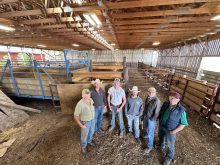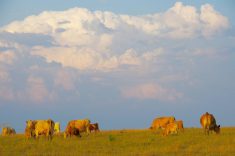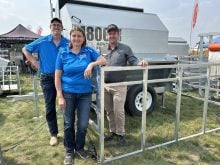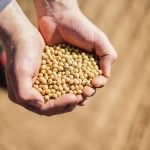In his column in our May issue of Canadian Cattlemen, Dan Darling of the Canadian Cattlemen’s Association raises a red flag over the traceability regulation Ottawa plans to Gazette by the end of this year.
Well, maybe not, according to Darling. His basic message is that the cattle industry can’t implement what Ottawa wants and remain competitively viable. In short, something needs to change.
It’s hard to believe we are still talking about this issue. Way back in 2011 the whole industry sat down with government staffers and worked out a Cattle Implementation Plan (CIP). That was supposed to be the road map to putting this new-age system into operation.
Read Also
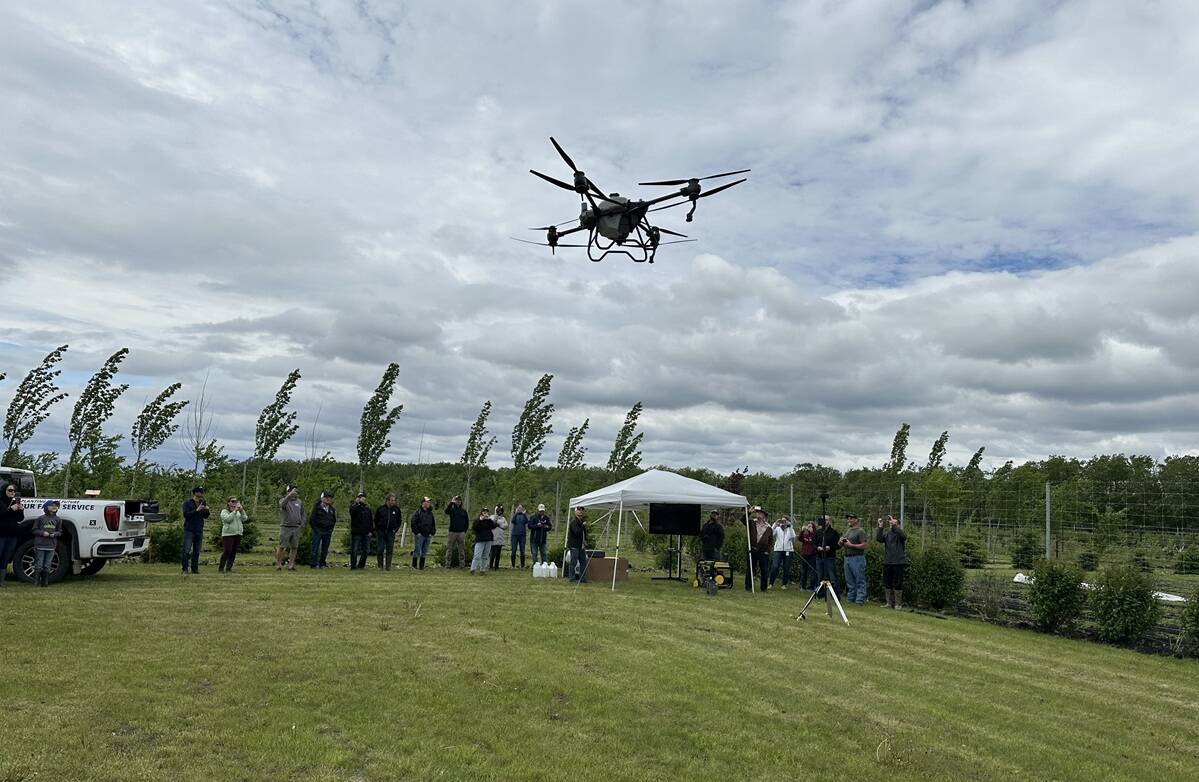
What an abundance or scarcity mindset means for farm and ranch families
Shifting to an abundance mindset means taking stock of what you’ve got and figuring out how to improve those resources.
Unfortunately the message that went back to Ottawa from that meeting lost something in the translation, because here we are in 2016 and, as Darling puts it, there are still gaps between the CIP and the government’s proposed regulation.
It’s been a moving target ever since. In 2014 the CIP was reworked, then last year the Canadian Food Inspection Agency held a series of consultations with each livestock sector. But in the case of cattle, the messages keep getting mixed up, or ignored.
Early this month another meeting was scheduled in Calgary to once again try to fill in this gap between what the industry says it agreed to and what the bureaucrats say is needed to track an animal from birth to death and everyplace in between.
The industry’s position on traceability really hasn’t changed much over the years. The technology must accommodate the pace of normal business, the changes should be phased in, and costs shared according to the benefit derived by having an animal identified. Traceability will expand as the appropriate technology becomes available. It must be market neutral. And there needs to be a reasonable tolerance for missing tags on delivered cattle.
Rick Wright says the proposed regulation misses the mark on quite a few of these points. As the livestock markets’ association rep on the Canadian Cattle Identification Agency board Wright has been at the table on this issue almost from the beginning.
One of the big issues, he says, is the requirement to scan cattle as they pass through auction markets or buying stations. The current technology won’t support individual scanning of cattle but Wright says the government is now willing to accept the resulting variable read rate when cattle are herded past passive scanners at the market.
That may sound like a compromise to a bureaucrat but Wright says the markets are still expected to buy these scanners and pay people to maintain them. Also the markets are expected to scan the cattle and report the results to the Canadian Livestock Tracking System within 48 hours. That translates into extra handling, added stress, and shrink, and more costs to the market and its clients.
Ironically most of these cattle go right from the market to a feedlot where they will be scanned again within seven days as they are processed.
A valid alternative, Wright says, is to track cattle movement in auction markets by manifests. The information for each load could easily be passed on to the Canadian Livestock Tracking System as the cattle are being sold. And manifests are already inspected in B.C., Alberta, Saskatchewan, and are available in Manitoba and Ontario.
Another concern is the technology itself. Tests have shown that a 100 per cent read rate is far from a certainty.
Then there’s the issue of lost tags. The industry is asking for a tolerance level of 10 per cent on shipped cattle.
Then, of course, there’s the even bigger issue of who is going to pay for it all.
Ottawa has already put up money for auction market studies and to offset some of the cost of readers for producers. But it could be argued that improving the control of devastating livestock diseases is a national responsibility. So Ottawa has received some benefit for its investment.
To date Canadian beef producers have purchased 96 million national ear tags at $3 a pop or $288 million. And that total is growing by about $15 million per year. So you’d have to say producers are doing their part.
But you don’t get the impression that they are willing to spend much more on this national system to protect the national herd, and possibly gain access to new markets around the world.
To date, the payback has been minimal but I suppose national ID was always viewed as an insurance scheme, rather than a marketing add-on.
There’s still hope. In a recent article Mike McMorris, the general manager of BIO in Ontario, wrote about discussions to create a Canadian Beef Improvement Network. It would gather genetic data on animals and then generate genetic evaluations that could be shared, based on their national ID number. If widely used, he says, it could be a first step to providing “supply chain genetics.”
For now, Ottawa should be careful about pushing too hard on its dream of a national traceability system for beef cattle. We already have one of the best national ID programs in the world.
We can afford to wait on traceability until we get it right.





